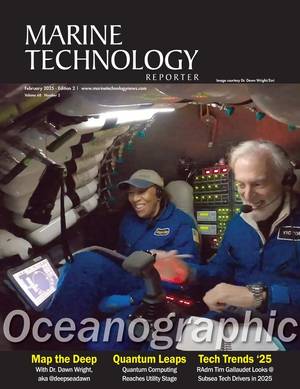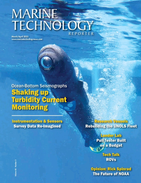Subsea Dredger Trials Exceed Expectations
Trials of a new subsea dredging system, which can move one tonne of rocks on the seabed per minute, have exceeded all expectations in terms of efficiency and performance.
The Predator Subsea Dredger, a new concept in the world market, underwent a number of trials while fitted to the Triton XL26 work class ROV used for training and trials at The Underwater Centre’s Loch Linnhe site in Fort William.
Nine tonnes of 50-60mm rocks were placed on areas of the seabed to recreate a range of terrains typical of the offshore subsea environment to be dredged during the trial, and the task was completed in between eight and nine minutes.
Further trials designed to test the integrity of the system, including the dredging of 100-130mm rocks in an attempt to break the machine and to identify any weak spots, highlighted the robustness and strength of the product.
A final test of the agitator system, which shoots out jets of water at the suction head end directly onto the seabed, breaking up the peat at the bottom of Loch Linnhe and dredging it at the same time, worked exceptionally well and did not affect the performance of the dredger. It can also be reconfigured subsea, with the use of a second work class ROV or diver.
The Predator Subsea Dredger was designed by Subsea Tooling Services (STS), based in Oldmeldrum, Aberdeenshire, which offers a diverse range of subsea equipment.
STS Business Development Manager Billy Milne said the main objective was to prove that it was as efficient, if not more so, than other dredgers currently on the market.
“The Underwater Centre is the only facility within the UK that could have undertaken the task of testing and filming the Predator Dredger. The highly skilled ROV team demonstrated their ability to handle such an operation. From planning the scope of work to operating the ROV with the Predator Dredger and subsequently delivering footage of the trial, The Underwater Centre has provided a service that is invaluable to our company.”
The versatility of the Centre’s open-water trials and training site, combined with the range of offshore facilities available with the convenience of testing inshore, allows companies such as STS to get maximum benefit from subsea testing.
Steve Ham, General Manager of The Underwater Centre, said that trialling new subsea equipment is an important part of what the Centre does.
“Companies such as STS are at the forefront of technology development for the oil and gas sector,” he said.
The Underwater Centre is a purpose-built subsea training and trials facility and is based on the shore of a seawater lake, Loch Linnhe, well sheltered by the surrounding mountains. The Centre’s unique location allows it to provide year-round training and testing in an open-water environment, while still being centrally located in the largest town in the Scottish Highlands.
With access to depths of over 100 metres, The Underwater Centre is the ideal location to perform realistic and industry-specific saturation and air diver and ROV pilot technician training, as well as providing a convenient location for subsea equipment trials.
The Underwater Centre, which also has a school in Tasmania, comprises an extensive pier complex including four dive stations, classrooms, workshops and decompression chambers. With accommodation and additional classrooms based at the landward end of the pier, it is set up to provide its students with the skills and experience to succeed in their new careers, and continue providing the subsea industry with the workforce that it needs.

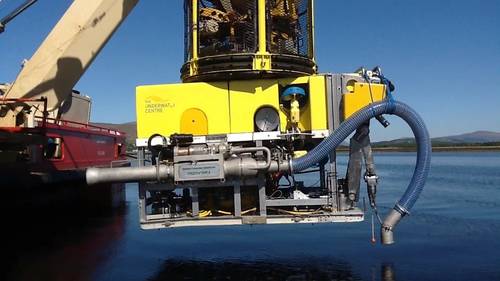
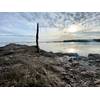
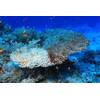
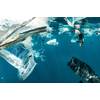
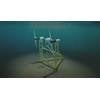

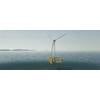





 February 2025
February 2025
